Asbestos Exposure and Sheet Metal Installers: Risks and Prevention
Asbestos was used for thousands of years as a strong and durable material, especially in construction and manufacturing. Asbestos is an inexpensive and durable natural mineral with a number of advantages in which producers of various materials might be interested: it makes products strong and resistant to heat and corrosion. The mineral is lightweight, sound-absorbent, insulating, and non-soluble in water, and it binds well with other materials. However, asbestos also presents significant health risks and has fallen out of use due to stringent regulations and bans.
!
If you believe that you were exposed to asbestos, even as a child, speak to a healthcare provider about tests and screening to help diagnose lung-scarring and screen for asbestos-related diseases.
History of Asbestos In Industry
In the United States in the 1920s, asbestos mining boomed as the Industrial Revolution was underway. It was used extensively in construction to make or insulate plaster, pipes, shingles, drywall, ducts, panels, sealants, and paint. Most buildings constructed before the 1980s, when the federal government placed heavy restrictions on its use, have detectable levels of asbestos, so those who come into contact with it are at risk of health complications.
What exactly is asbestos?
There are several different types of asbestos, all of which can break down into small particles that may be inhaled or swallowed. Because these microscopic fibers have no flavor or scent, people are often unaware of inhaling or ingesting them. When they enter the body, they do not break down, but rather embed themselves in body tissues, potentially causing severe respiratory and digestive problems for those who are exposed.
Due to efforts made by the Environmental Protection Agency (EPA), asbestos was largely banned in the United States in 1989, and these days there are many non-asbestos materials that provide similar benefits. However, because so many buildings still contain the mineral, it is important to know the risks of exposure, who is at highest risk, and what the legal options exist to compensate for asbestos-related injuries.
“The overall evidence suggests there is no safe level of asbestos exposure.”Source: National Cancer Institute (NIH)1 |
Health Risks of Asbestos Exposure
Asbestos products were used nearly everywhere before the 1980s, especially in construction of public spaces such as schools and government buildings. Many people are exposed to asbestos in the workplace, especially those who work in occupations with high previous use of asbestos products, such as construction, manufacturing, mechanical work with vehicles, and the U.S. Armed Forces.
The risks of asbestos exposure are real.
The risks of exposure are real. Asbestos is no longer used in new products, and those who work in removal of asbestos are highly trained in proper abatement protocols. However, those who work in buildings where asbestos is present can still be exposed at levels that may be significant enough to cause health concerns.
“Some asbestos fibers may bypass…your body’s natural defenses…and lodge deep within your lungs. Those fibers can remain in place for a very long time and may never be removed.”Source: American Lung Association |
While a person may not realize they have inhaled or ingested asbestos, tiny particles make a permanent home in the body, eventually leading to scarring and internal damage that can cause chronic illness and even terminal disease. Symptoms may take up to 50 years or more to appear, but then can become malignant and non-malignant diseases, both of which can be extremely painful and incurable.
Health risks of asbestos exposure to sheet metal installers include:asbestos-related diseases:
| Mesothelioma: cancer of the mesothelium, the thin layer of tissue surrounding the body’s organs. This cancer is only known to be caused by asbestos exposure. | Lung cancer |
| Laryngeal cancer: cancer of the larynx (section of the throat called the voicebox) | Ovarian cancer |
| Stomach cancer | Colon cancer |
| Pharyngeal cancer | Abestosis: a chronic lung disease associated with asbestos exposure |
| Chronic Obstructive Pulmonary Disease (COPD) | Atelectasis (collapsed lung) |
| Pleural effusion (collection of fluid around the lungs) | Pericardial effusion (collection of fluid around the heart) |
People who worked in these industries prior the mid-1980s have a higher risk of developing asbestos-related diseases:
| Construction | Factories | Foundries | Refineries | Shipyards | Mining / Milling |
| Demolition | Insulation | Steelworkers | Pipe Fitting | Shipbuilding | Mechanics |
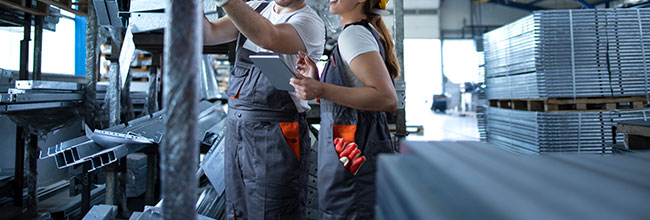 | 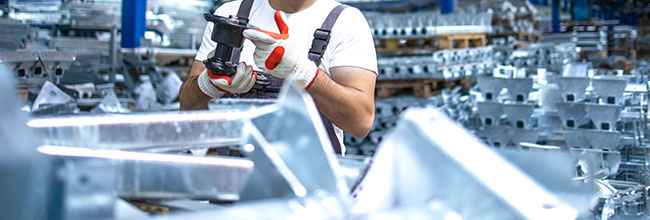 | 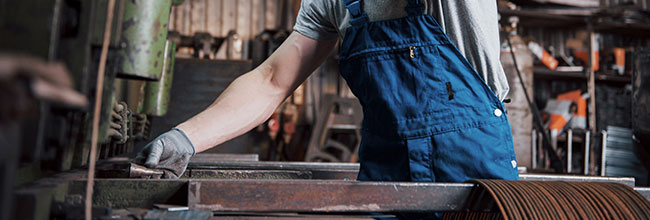 | |||
| Roofing | Textiles | Iron workers | Boilers | Firefighting | Brake Repair |
| Flooring | Cement | Electricians | Gasket Repair | Railroad | HVAC |
Unfortunately so do their families.
Secondary asbestos exposure
Many industrial workers like sheet metal installers brought home asbestos on work clothing, hair, skin, tools and equipment, exposing children and household members.
One does not have to work directly with asbestos to suffer the health consequences of exposure.
In fact, studies have found that simply working around the fibers and experiencing indirect exposure is a significant health risk. Thus, anyone who works in a building constructed before 1980 should test the building before doing any structural work in order to avoid handling asbestos and causing it to break into small particles that may be inhaled or swallowed.
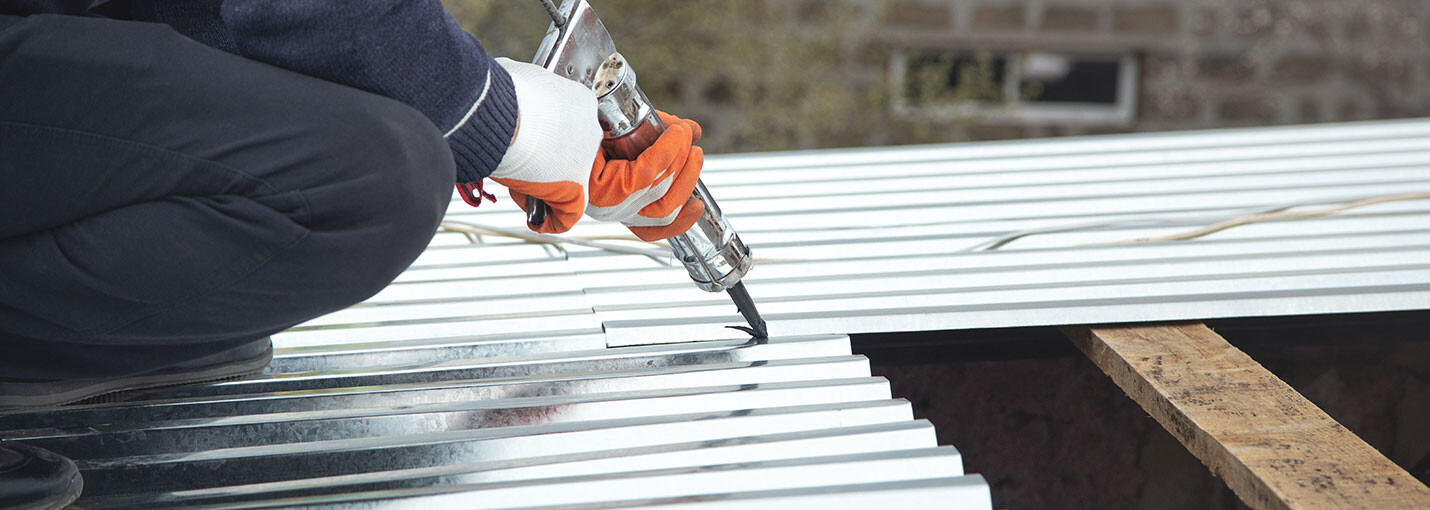
Sheet Metal Installers are at High Risk of Developing Asbestos-Related Diseases
While sheet metal workers typically do not handle asbestos directly, research has found that they are at significantly higher risk for asbestos-related diseases than the general population. Sheet metal workers who have been indirectly exposed to asbestos specifically have a considerably increased rate of lung disease.
Scientific research on the health dangers of asbestos for sheet metal installers:
● The American Journal of Industrial Medicine reports that sheet metal workers are seven times more likely to die from mesothelioma than the general population.
● Sheet metal workers are 52% more likely to die from all cancers than the general population.
● There is an 86% increase in mortality rate due to lung cancer among sheet metal workers.
● 31% of sheet metal workers employed before the 1980s have asbestos-related changes on radiographic studies.
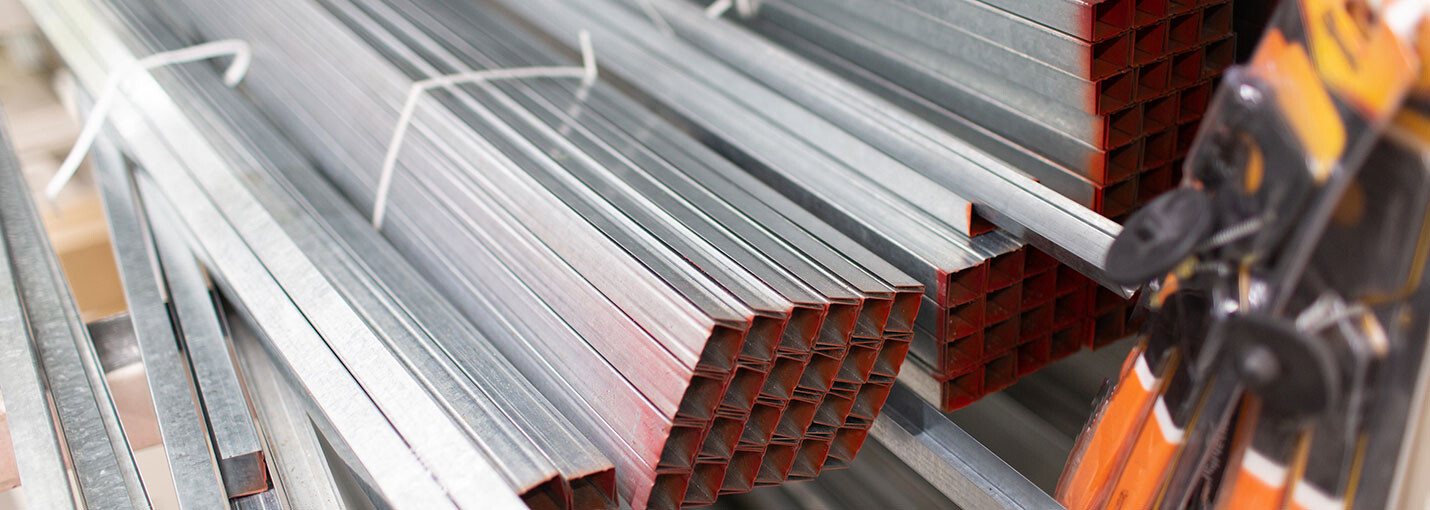
Because asbestos is the only known cause of mesothelioma, it is clear that sheet metal workers are at high risk even without handling asbestos directly.

In addition, risk for many types of cancers, specifically lung cancer and esophageal cancer, increase even when workers are only intermittently or indirectly exposed to the mineral.
Unfortunately, in decades past, many sheet metal and construction workers were not informed about the risks of asbestos exposure and were often told that it was safe if they did raise concerns.
Millions of people worked with asbestos without any protective gear, putting their health at risk. In addition, those workers unknowingly carried asbestos particles home on their clothes and in their vehicles, causing potential second-hand asbestos exposure to their families, including their children.
Decades later, health professionals are seeing the outcomes of primary and secondary asbestos exposure in their patients, and new workers continue to be indirectly exposed to the material.
Asbestos is not all banned, and still poses a public health problem for former sheet metal installers and others.
While the United States has placed significant restrictions on the use of asbestos, it has not banned it outright. Sheet Metal Workers Unions have been instrumental in preventing any loosening of current restrictions and are helping to press for a ban to further protect their members. However, those who have already been impacted by asbestos-related illnesses will need to seek compensation through legal channels.
“Generally, those who develop asbestos-related diseases show no signs of illness for a long time after exposure.”Source: National Cancer Institute (NIH)2 |
Legal Options for Sheet Metal Workers with Asbestos-Related Illnesses
Sheet metal workers who have been directly or indirectly exposed to asbestos and suffer health consequences, and their families, have legal options to obtain compensation. While early lawsuits against the industry were largely unsuccessful, mounting medical evidence and research have clearly demonstrated the health risks of asbestos exposure. Today, there are a number of legal options for those suffering from asbestos-related illnesses and families who have lost loved ones to related diseases.
Do You Qualify For Compensation?
Quickly and easily find out how you were exposed by searching W.A.R.D., the largest asbestos database on the planet.
FREE SEARCH >What are asbestos trusts? (Compensation without a lawsuit.)
Asbestos trusts were founded after decades of litigation against asbestos companies and expensive settlements which caused them to file for Chapter 11 bankruptcy. The courts ordered them to establish trusts to compensate victims of asbestos exposure and related illnesses.
Close to $30 billion dollars were placed in various trusts, and 40% of those funds are still unclaimed.
Each trust has criteria that must be met for a person to gain compensation, typically including information about work or exposure history, medical history, and any other relevant information. Workers exposed to asbestos before 1982 may make a claim.
Over $30 Billion is still available (No lawsuit. No fees unless you receive money. No risk.) Stake your claim.  |
Every case is different, but Asbestos Trusts are generally the fastest and easiest way to receive compensation.
Making a claim against a trust is typically much faster than filing a traditional lawsuit because they eliminate the time required for court proceedings. In addition to a number of trusts for general construction workers which may have eligibility for sheet metal installers, there are specific asbestos trusts for which sheet metal workers definitely qualify, including the following:
People suffering from second-hand asbestos exposure and related illnesses, such as the families of sheet metal workers, are also eligible for compensation from these trusts.
While trusts are usually the fastest and easiest way to gain compensation for asbestos-related illnesses, there are other options, as well. These may be options for those exposed after 1982 or exposed indirectly. Some options include traditional litigation, Worker’s Compensation, Veteran’s benefits, FELA Claims for railroad workers, Maritime Claims for seamen and offshore workers, SSDI and SSI.
If you or a loved one has developed an asbestos-related illness, contact an experienced asbestos attorney today. Receiving compensation may help eliminate some of the emotional and financial burden associated with these life-threatening diagnoses.
AsbestosClaims.Law
At AsbestosClaims.Law, our mission to secure compensation for asbestos victims is more than professional; it’s personal.
Our founder, Justinian C. Lane, understands the devastating impacts of asbestos firsthand.
Both his grandparents and father, all asbestos workers, passed away from asbestos-induced cancers without realizing their eligibility for asbestos lawsuits or other forms of compensation.
We aim to prevent such tragic oversights by informing and guiding victims and their families through their legal options.
If you or your loved ones have suffered as a result of asbestos exposure, you could be eligible for considerable compensation. These funds could provide for medical treatments, asbestos removal services, and safeguard your health.
In addition, asbestos trusts offer compensation without the need for a lawsuit, providing a quicker, simpler path to justice.
Reach out to us at [email protected] or (206) 455-9190 for assistance with your claim. We offer compassionate listening, clear explanations, and we don’t charge a dime unless we win your case.
Beyond legal claims, we also advise on veterans’ disability, social security, and employment protection like workers’ compensation, FELA, and The Jones Act for maritime workers.
There’s no risk or cost to connect with our experienced team about your rights. Our commitment to your well-being means no fees unless you receive compensation.
| For further queries or concerns about asbestos, explore our website and YouTube page, featuring infographics, videos, and answers to common questions on asbestos-related topics. |
We’ve also introduced W.A.R.D., the Worldwide Asbestos Research Database. It’s the most comprehensive resource for asbestos-related information.
W.A.R.D. assists in pinpointing potential exposure scenarios, asbestos-containing products, and can indicate the types and potential amounts of compensation you may be entitled to receive.
Don’t delay — get in touch with us today!
1 National Cancer Institute (NIH), Asbestos Fact Sheet.
2 National Cancer Institute (NIH), Asbestos Fact Sheet.